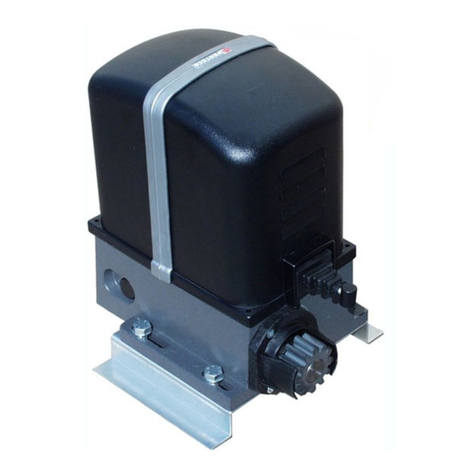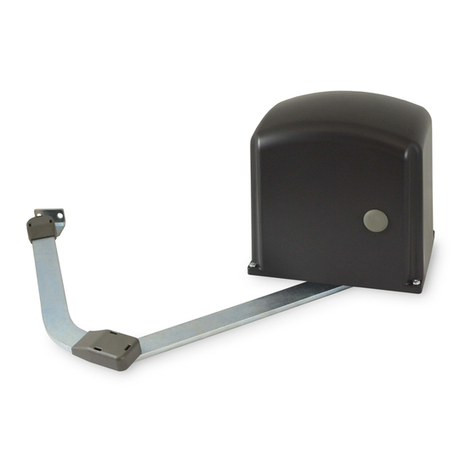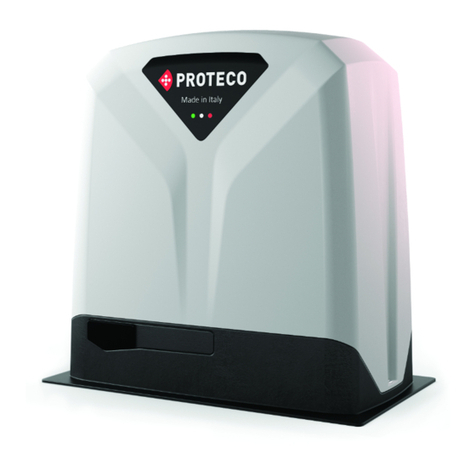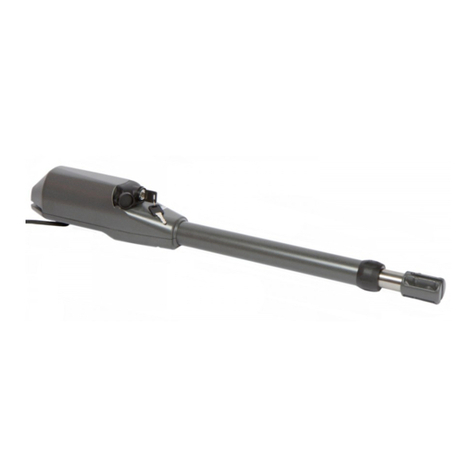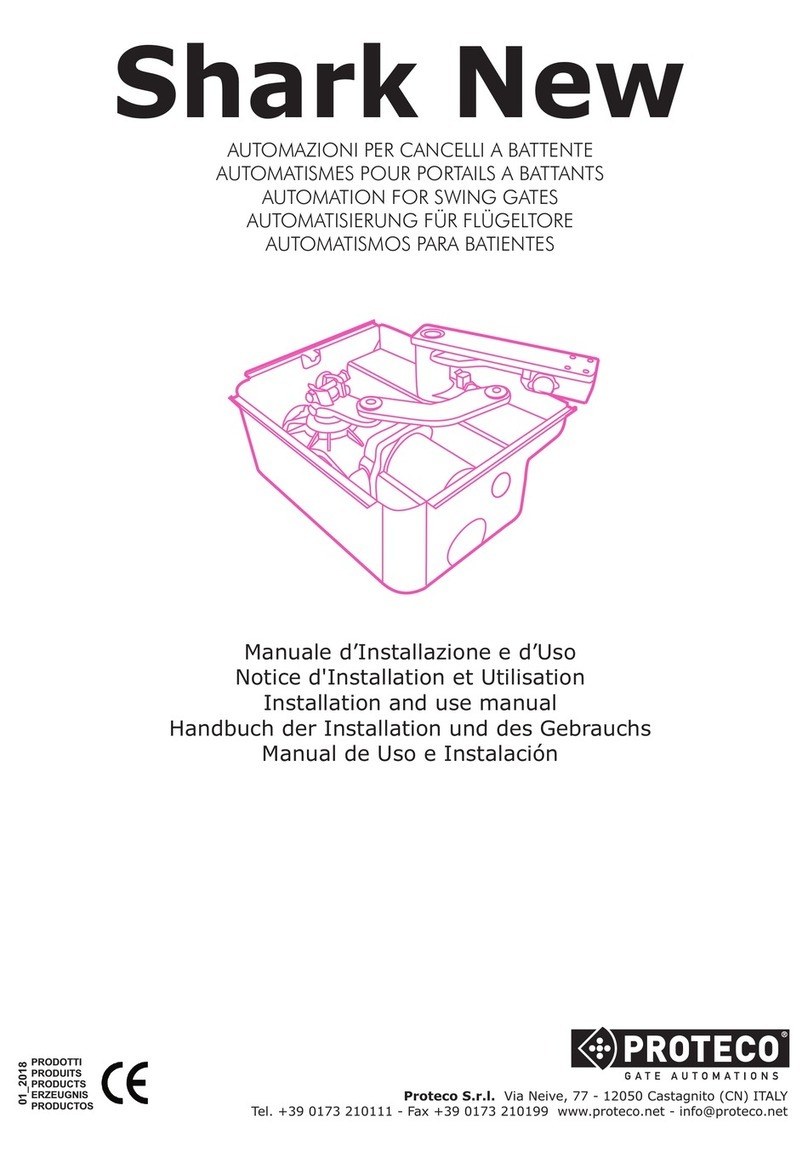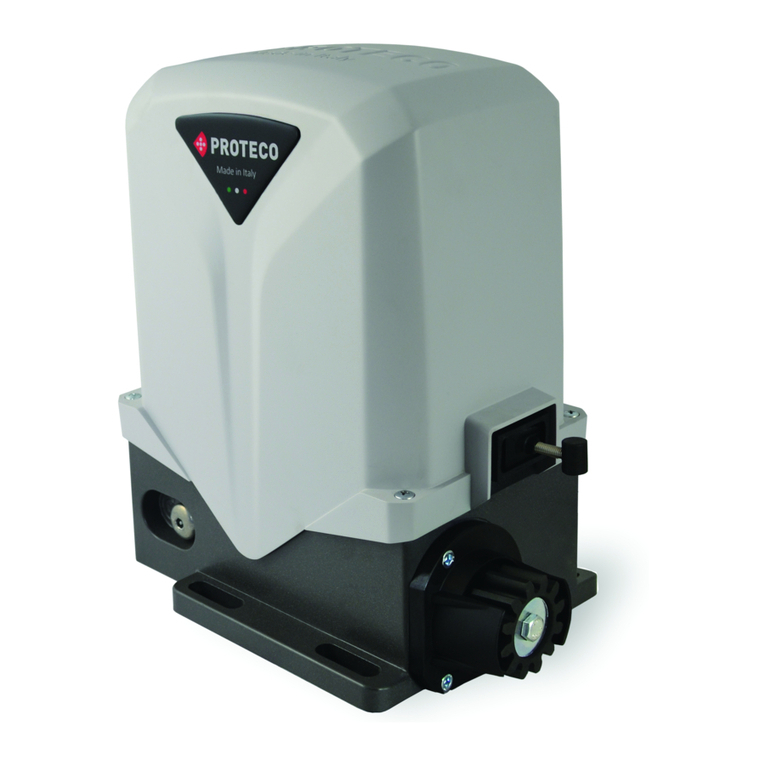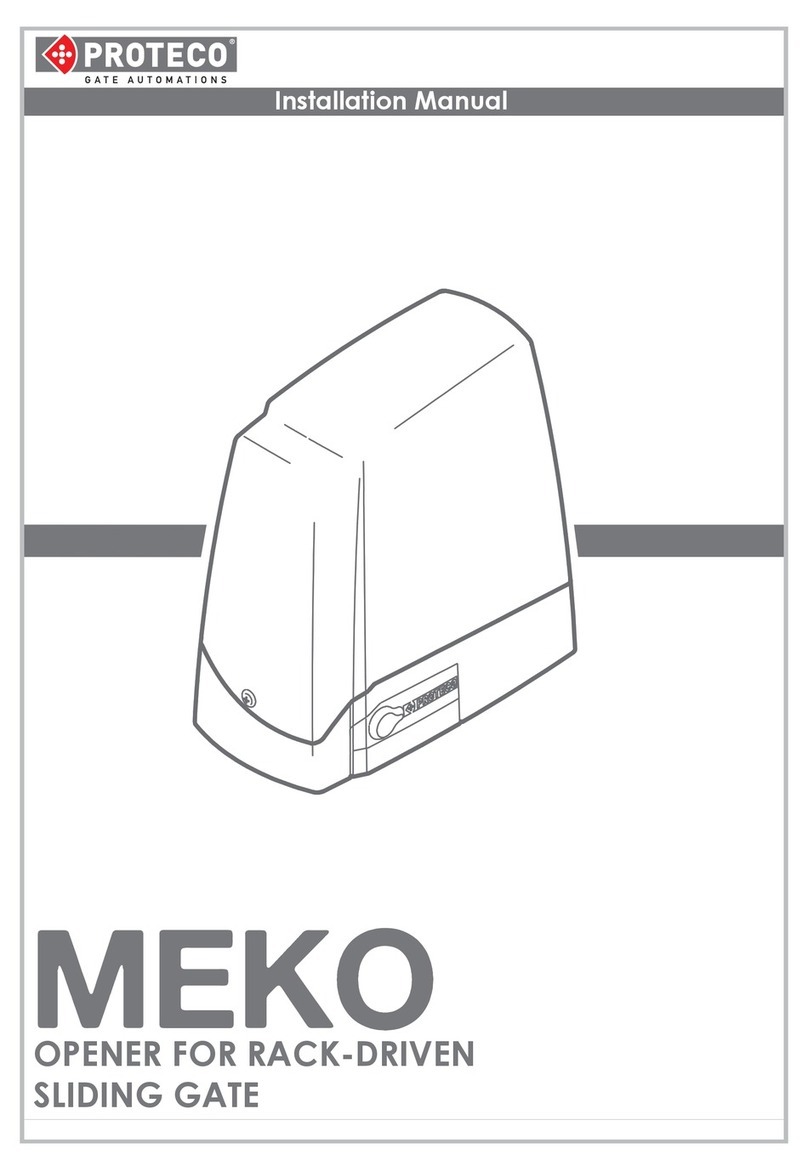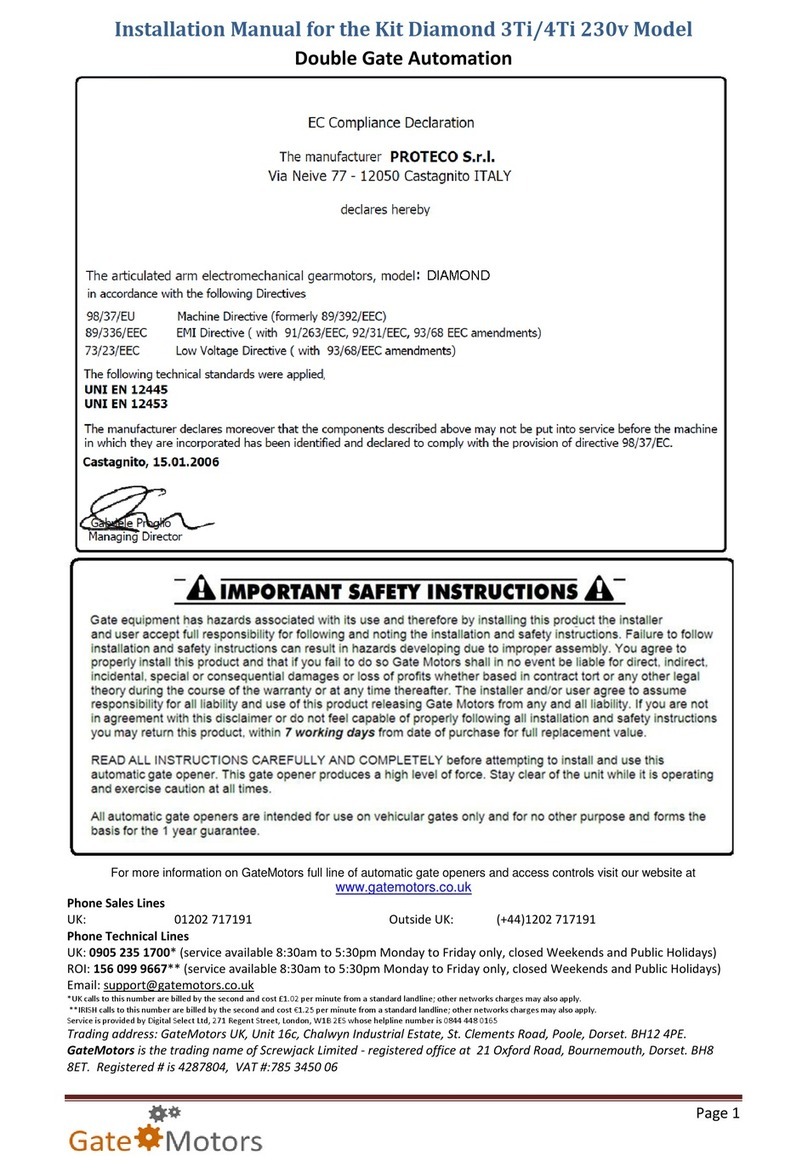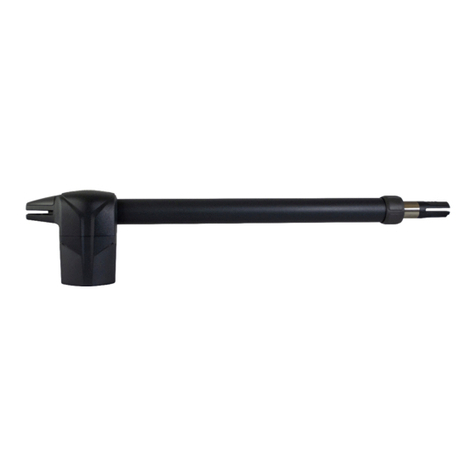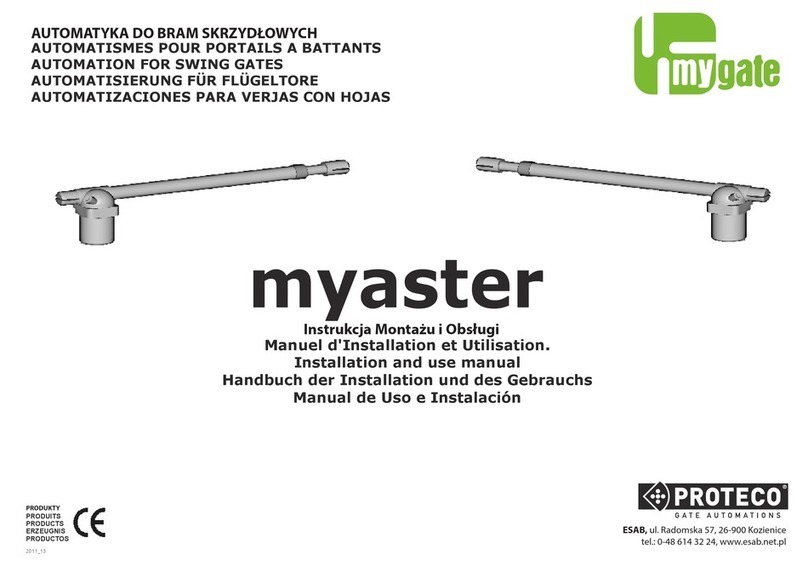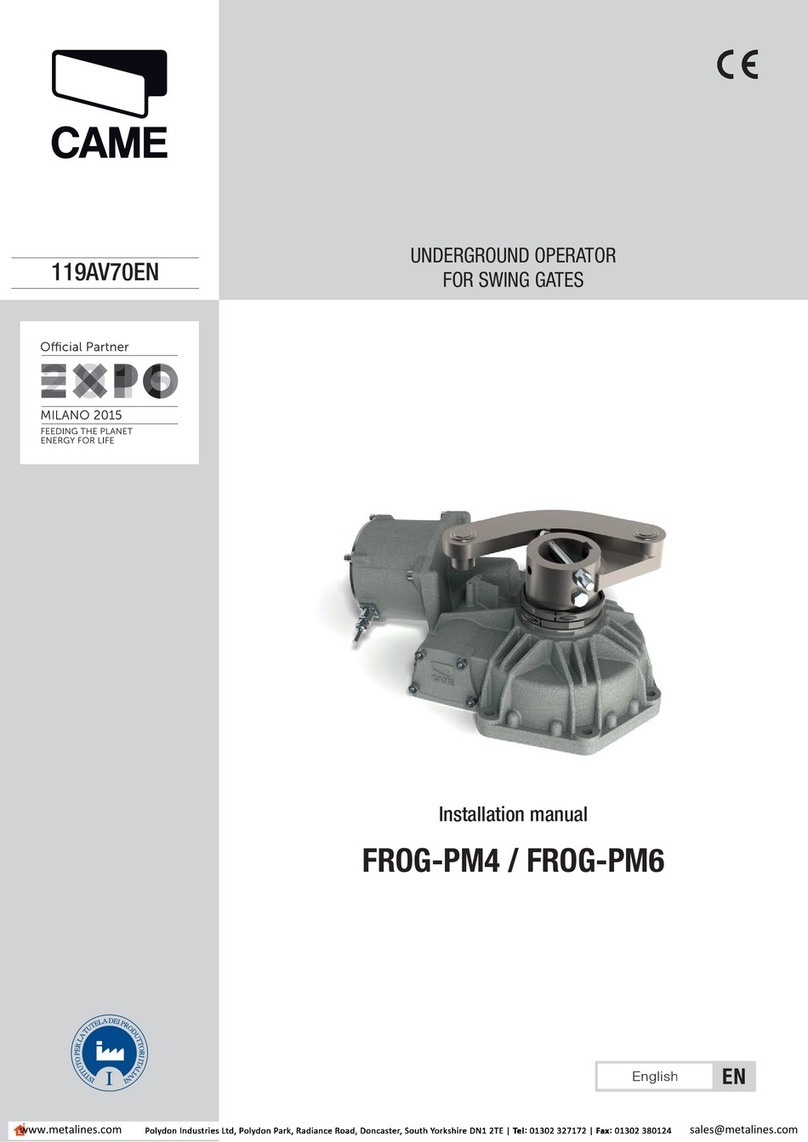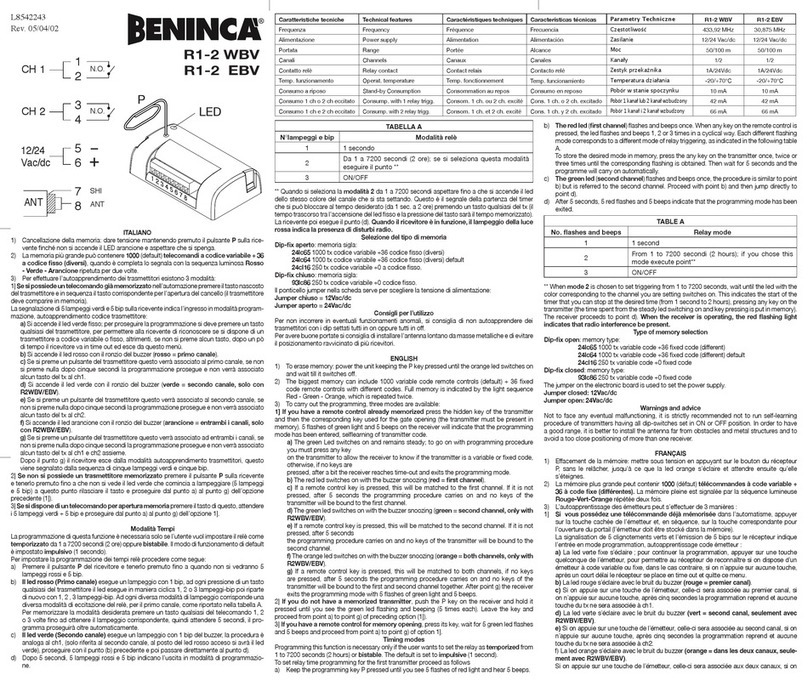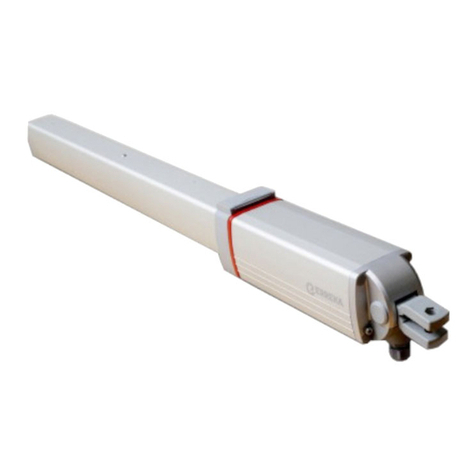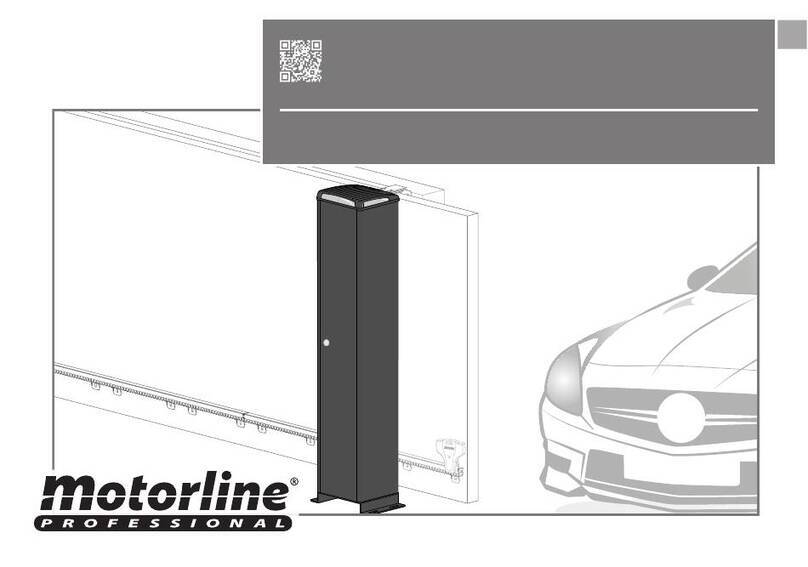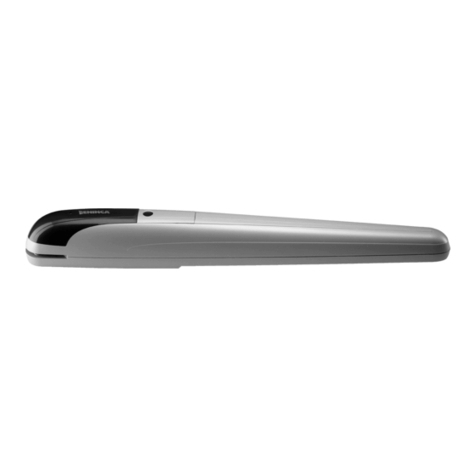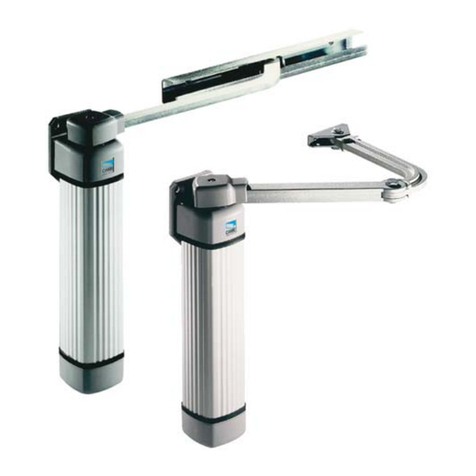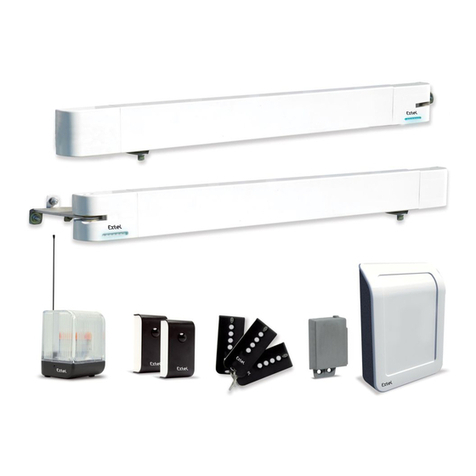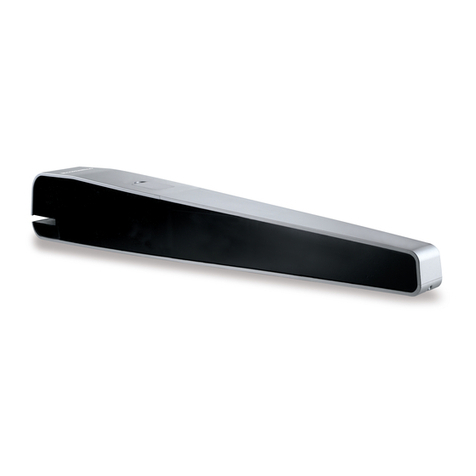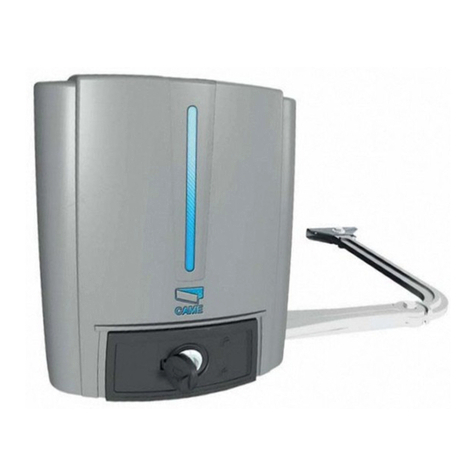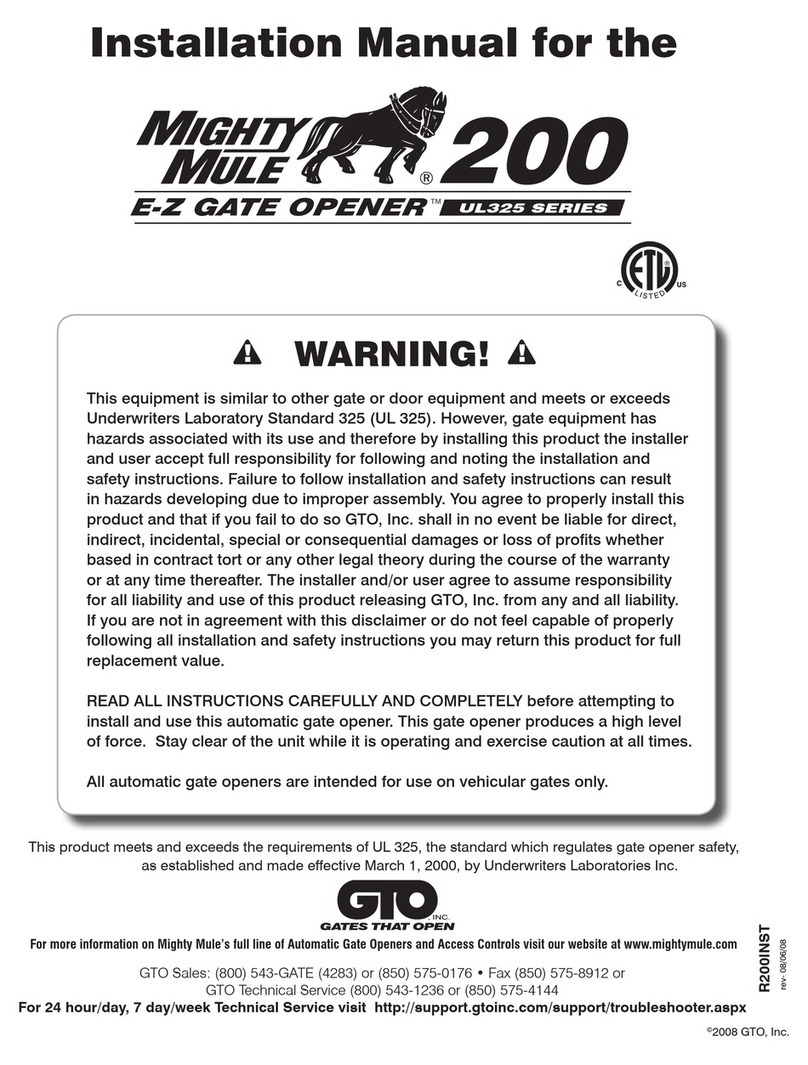Page 3
Table of Contents
Contents
Installation Manual for the Kit Simply 230V ........................................................................................... 1
Quick Reference: Measurement Charts..............................................................................................2
Contents..............................................................................................................................................3
Kit Simply 230v Specification ..............................................................................................................7
Kit Simply 230v Dimensions................................................................................................................7
Kit Simply 230v Component Breakdown ............................................................................................8
Kit Simply Bracket Pack Contents .......................................................................................................9
Installation Overview: Which motor is left or right hand? ...........................................................12
Identifying the fixing point on the gate ............................................................................................13
Identify the Fixing Point on the Gate............................................................................................13
Inward Opening Mounting................................................................................................................14
Identify the Fixing Point on the Pillar –Gate Hinged in the Centre..............................................14
Identify the Fixing Point on the Pillar –Gate Hinged on the Corner ............................................14
Outward Opening Mounting.............................................................................................................15
Identify the Fixing Point on the Pillar –Gate Hinged in the Centre..............................................15
Identify the Fixing Point on the Pillar –Gate Hinged on the Corner ............................................15
Identify the Fixing Point on the Pillar –Gate Hinged on the Front Face of the Pillar...................15
Fixing the Motor’s Anchor Plate to the Pillar....................................................................................16
Fixing the Motor to the Anchor Plate ...............................................................................................17
Assembling the Articulated Galvanised Arms...................................................................................18
Installing the Articulated Arm to the Motor Drive Shaft ..................................................................19
Fixing the Articulated Arm to the Gate Leaf .....................................................................................20
Release (unlock) the Motor Drive Shaft - Including Emergency Release......................................20
Attaching Articulated Arm to the Gate Leaf .................................................................................21
Setting the limit switches for the gate leaf’s open and closed position.......................................21
Connecting Motor Wiring to the Q60AR Control Board...............................................................24
One Gate to Open Before the Other.............................................................................................25
Inward and Outward Opening ..........................................................................................................26
Installation Complete........................................................................................................................27
Warranty...........................................................................................................................................28
Obtaining Repairs & Replacements ..................................................................................................28
Kit Simply 230v –FAQ’s.....................................................................................................................29
Kit Simply –Accessories....................................................................................................................30
Comments & Feedback.....................................................................................................................31

